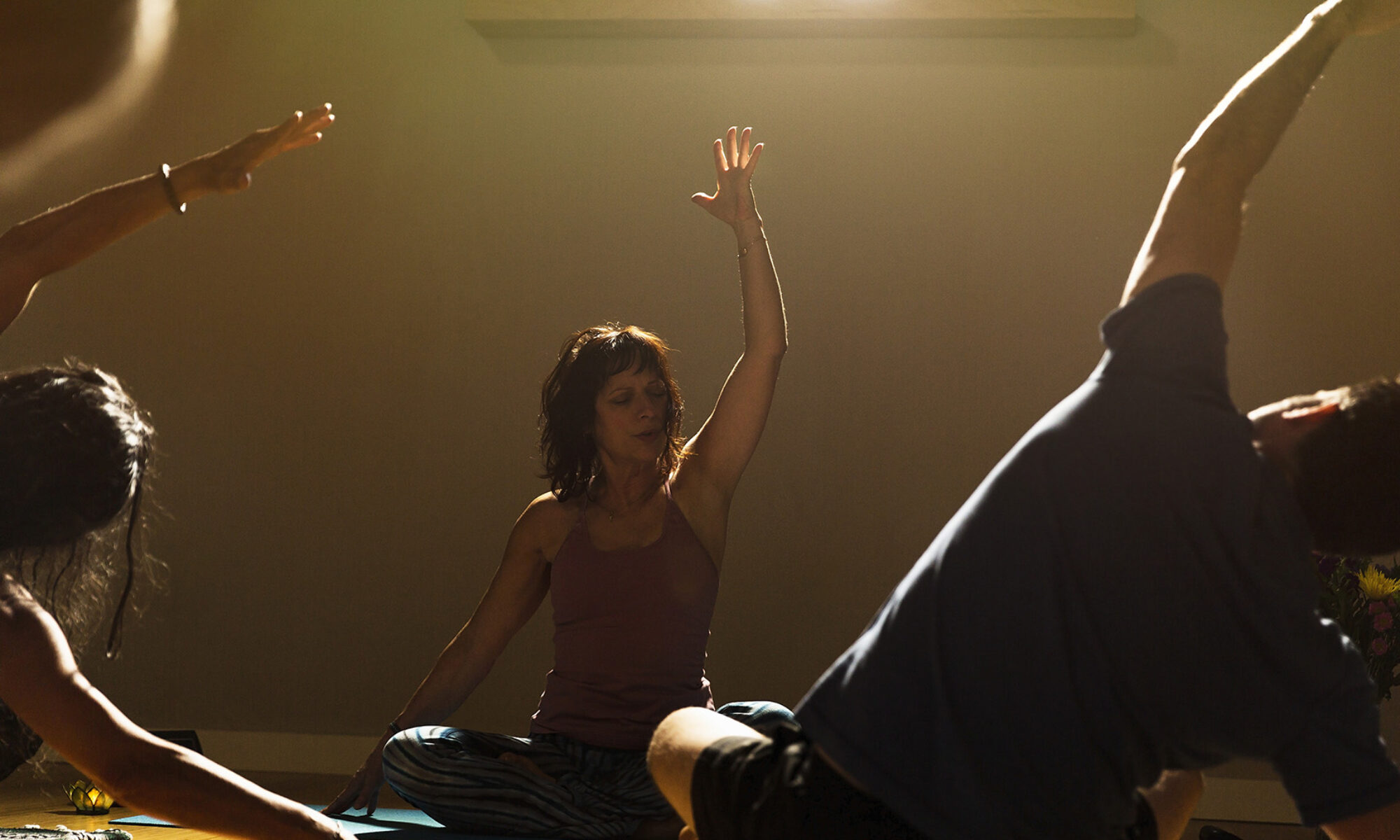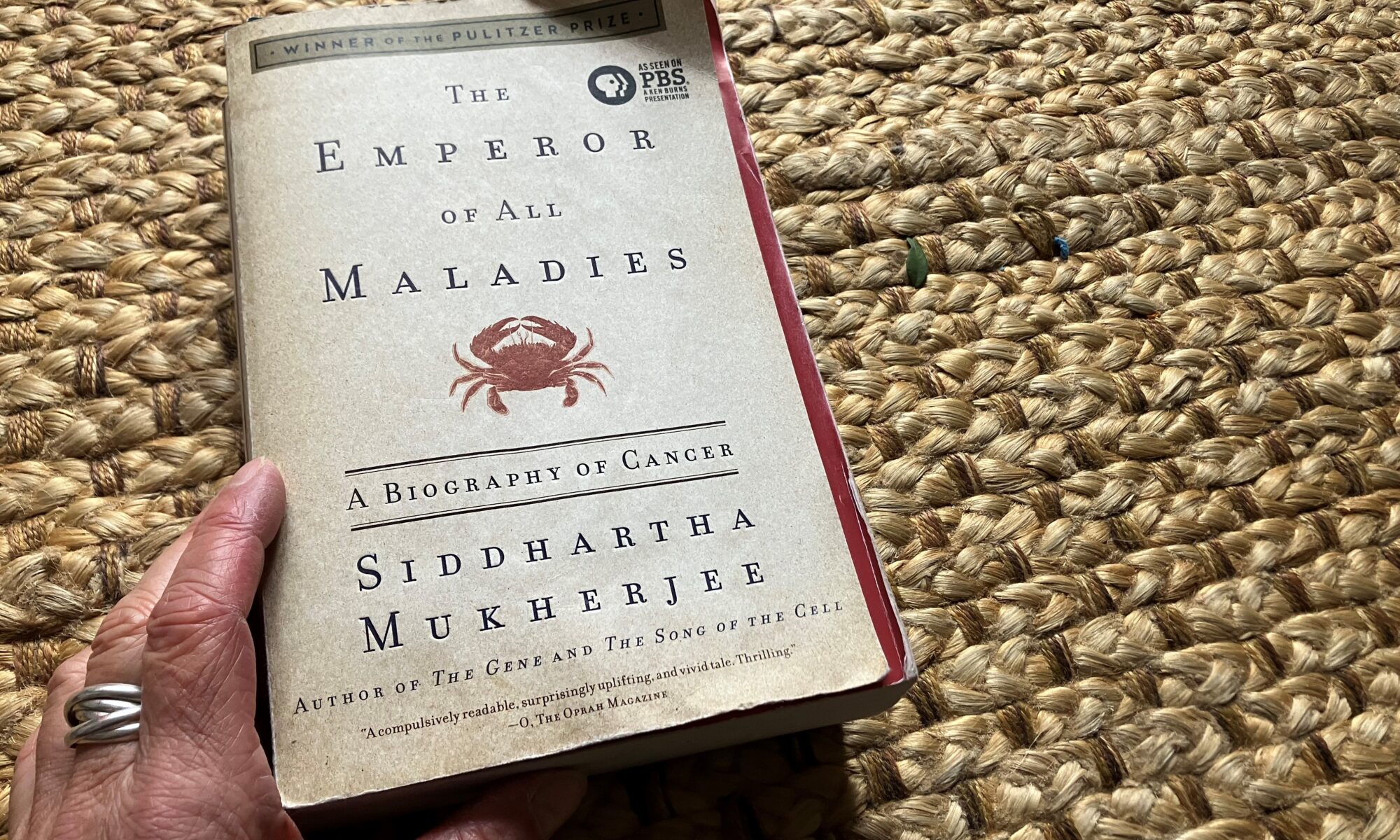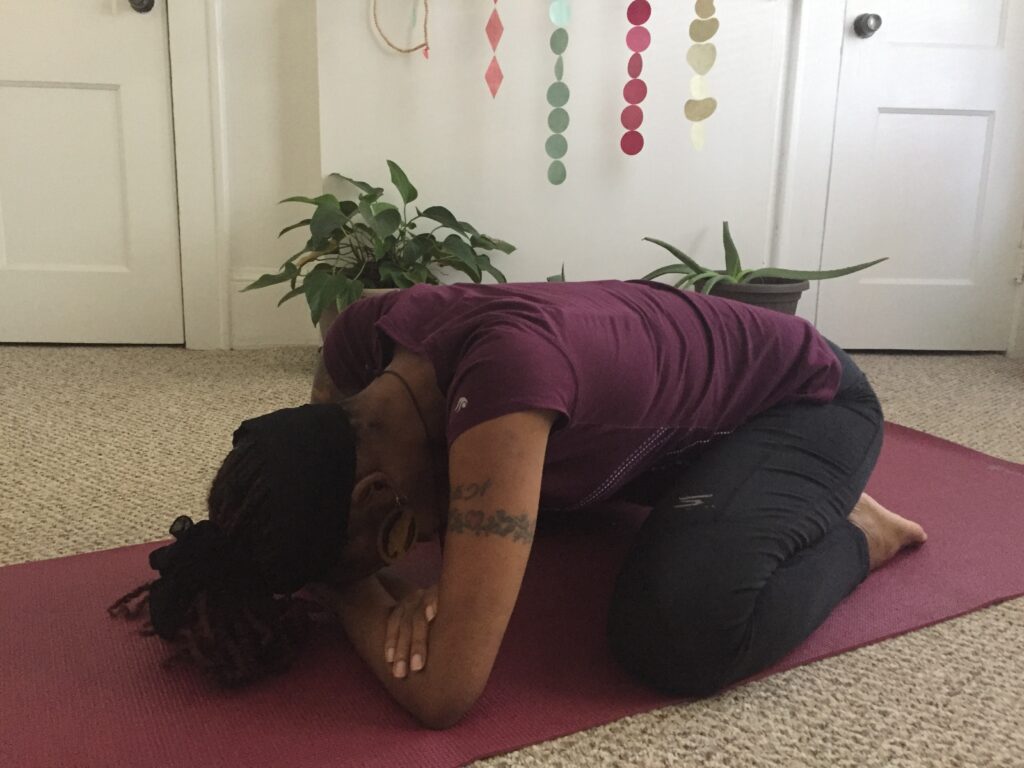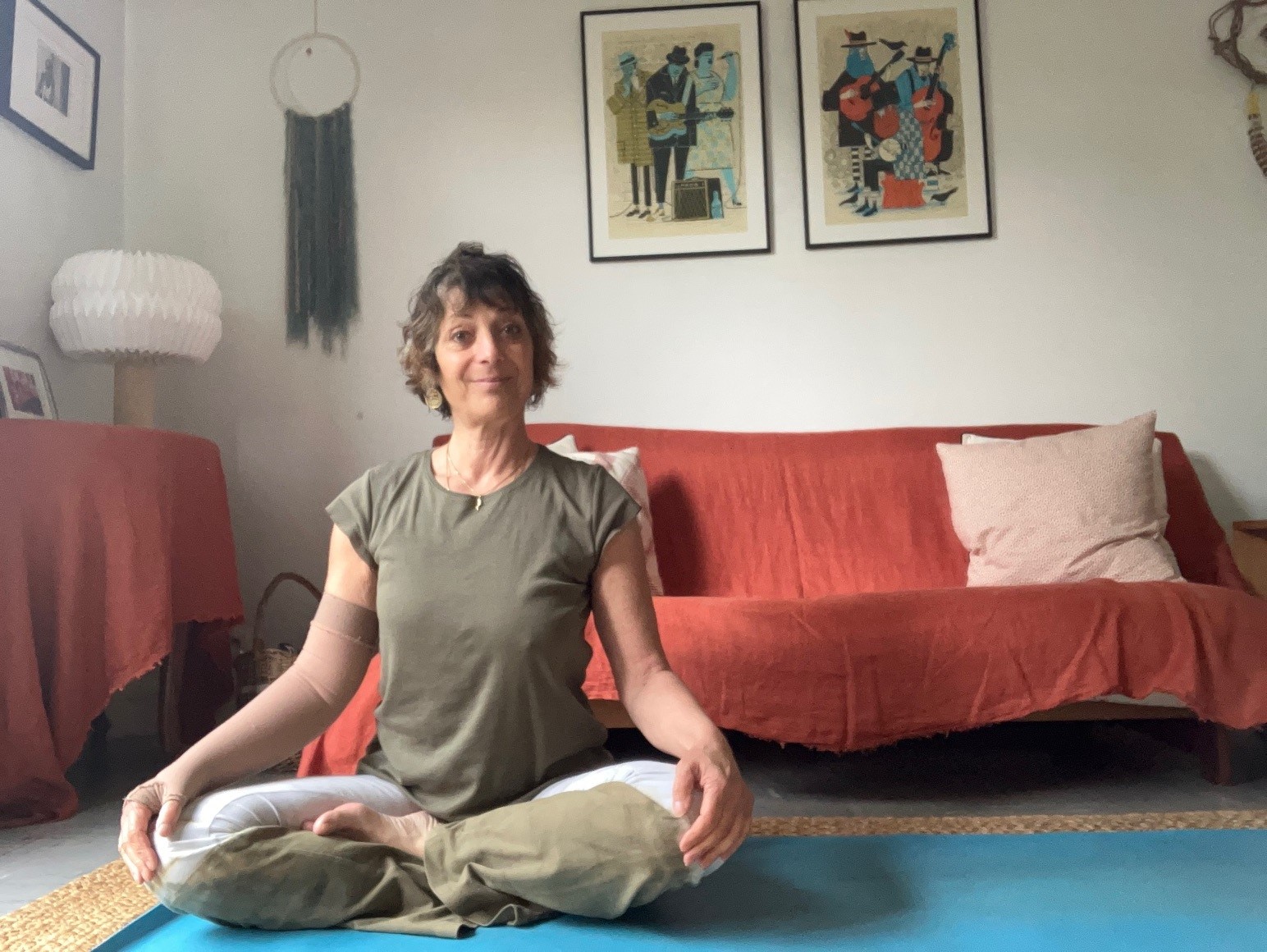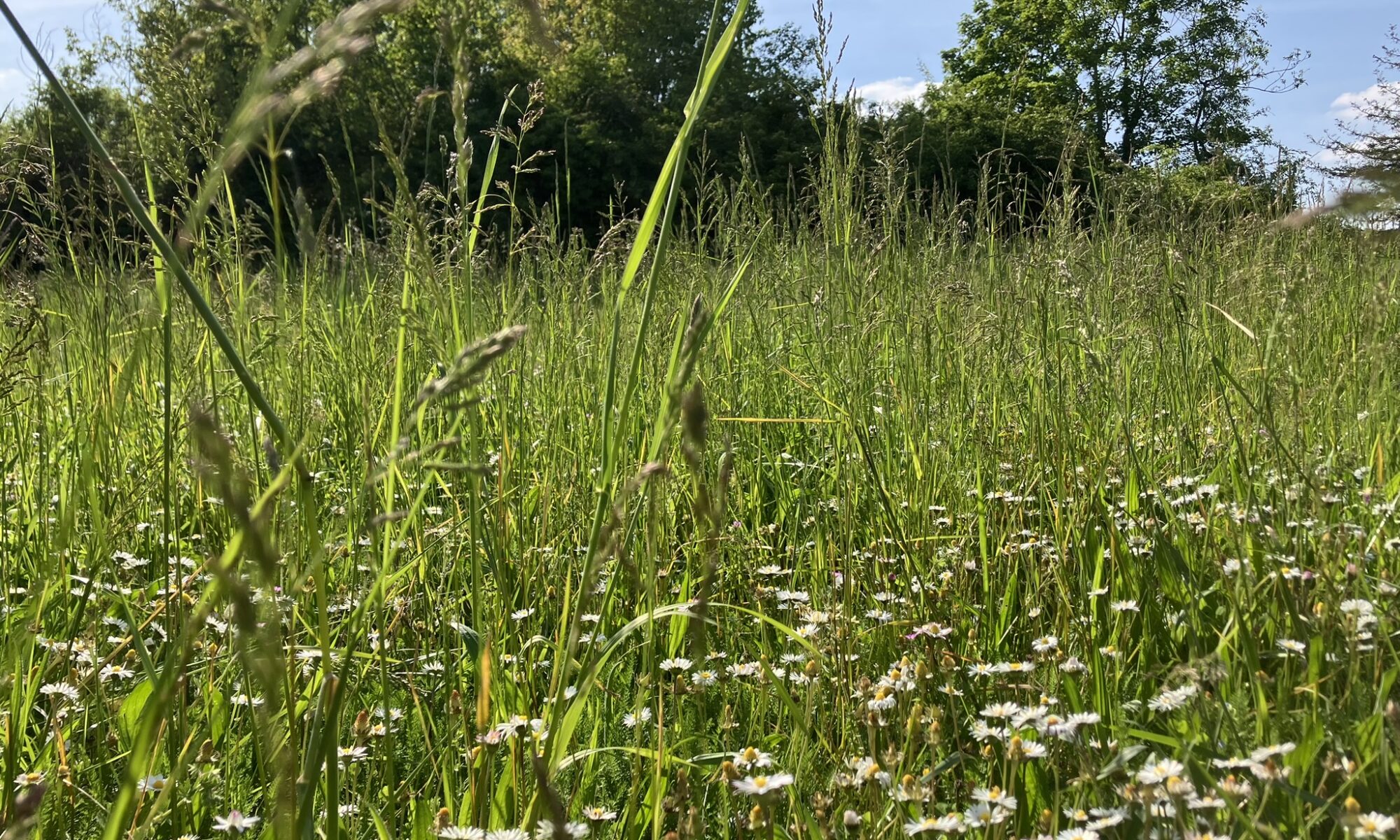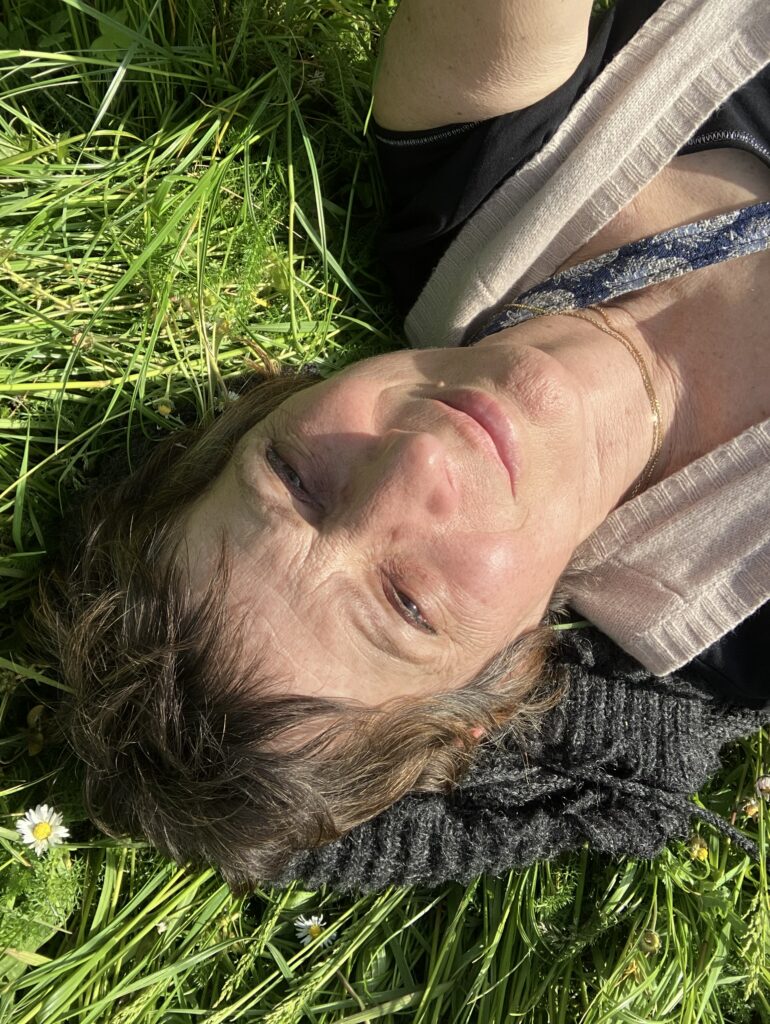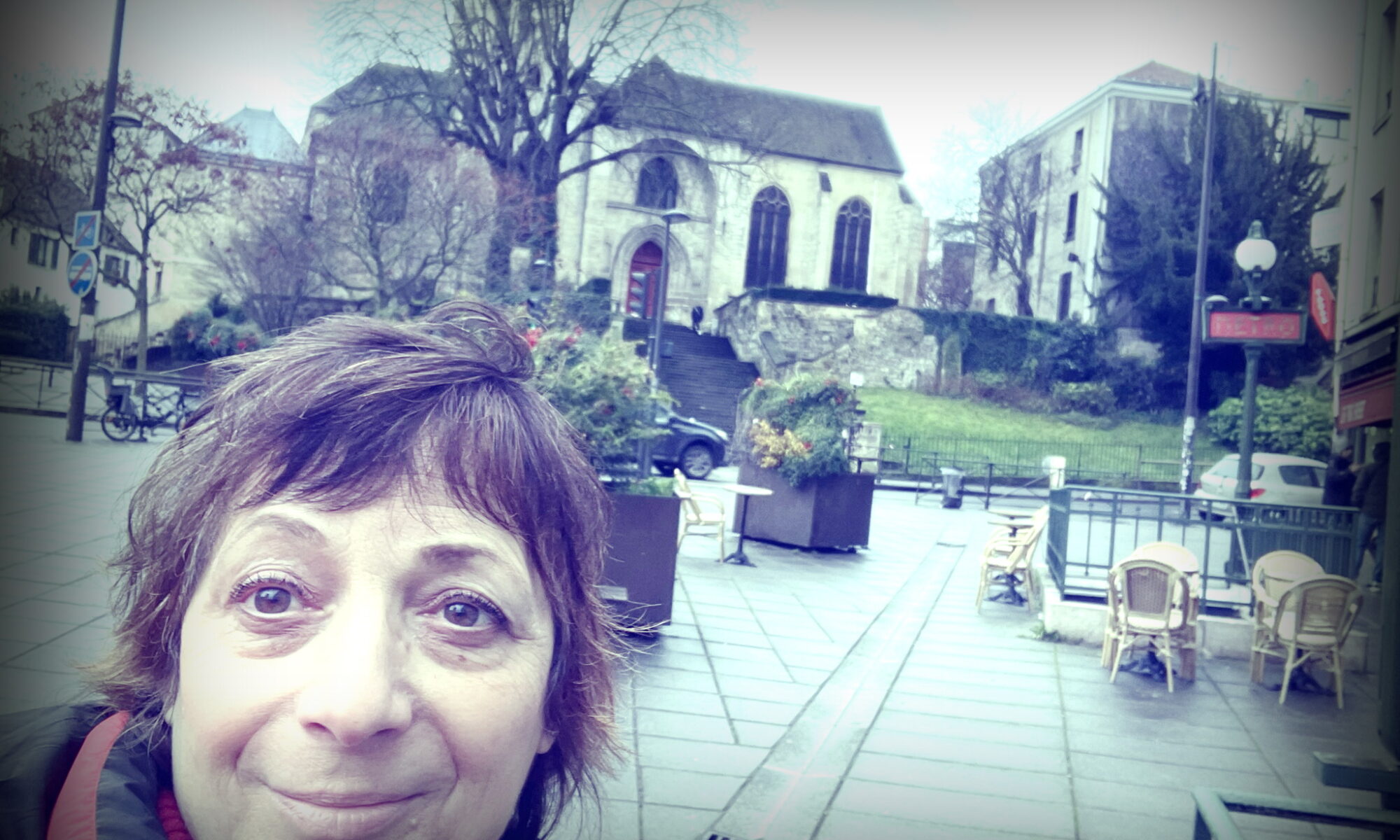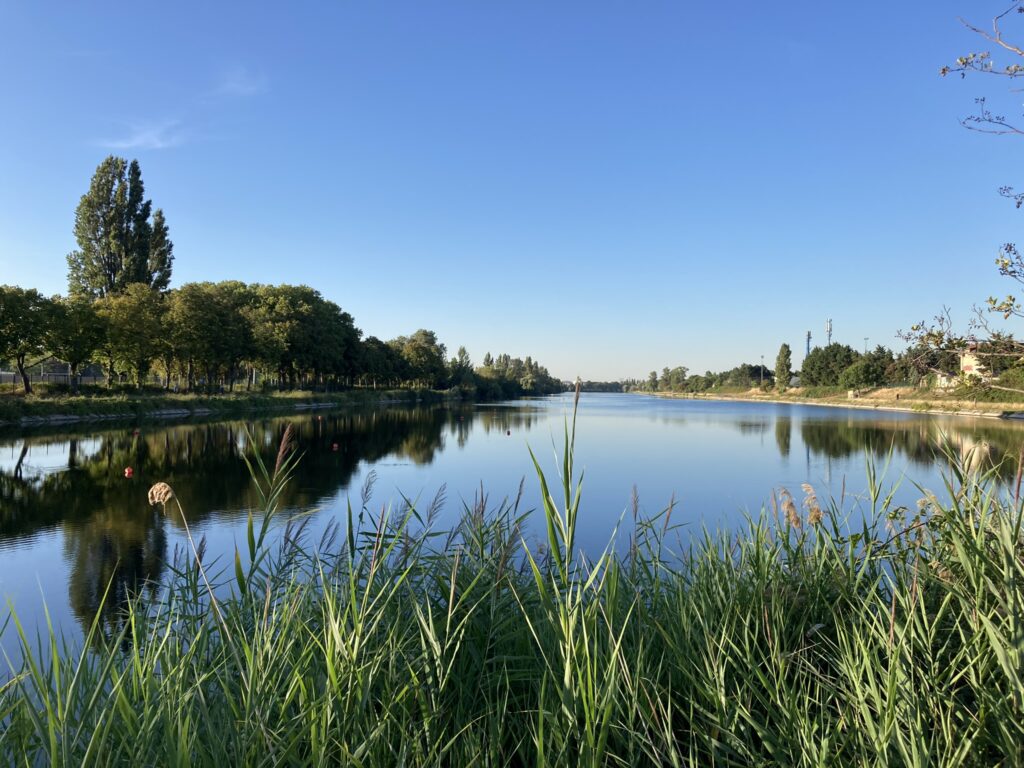The world needs to demystify cancer and destigmatize patients. One way we can achieve that is to educate ourselves on what cancer is. The 2011 Pulitzer Prize for general non-fiction is a must-read if you’ve ever been affected by the disease—whether personally or through a loved one. It tells the story of a four-thousand-year old (medical) war. Here’s a few themes the author, Siddhartha Mukherjee, covers in his book.
Siddhartha Mukherjee, a US oncologist and researcher, wrote The Emperor of All Maladies (2010) after a patient asked him a simple but profound question: What am I battling?
Mukherjee ended up writing a profoundly humane biography of cancer from the first innovative—and brutal—surgical treatments to the work on radiation of Pierre et Marie Curie to the risks taken by the first chemotherapists and their patients.
I’m sharing with you here some of the thoughts and themes Mukherjee covers in his book. Hopefully, they’ll give you an idea of its richness.
What Is Cancer, Really?
- Cancer is, at its core, a disease of uncontrolled growth. Imagine each cell in your body as a tiny machine with instructions to grow and divide. Normally, cells follow orders. But in cancer, those instructions go haywire, and the cells keep growing and multiplying endlessly.
- Every cancer is unique. No two cancers behave the same way, even in the same person.
- While we think of cancer as a modern disease, it’s actually ancient. The reason it seems more common now? People are living longer, giving cancer more time to develop.
The First Attempts to Treat Cancer - The earliest recorded mention of cancer dates back to ancient Egypt in 2500 BC.
- Fast forward to the Middle Ages, there was no real understanding of the disease, and treatments were primitive—using fire, acid and leather bindings.
- In the 1800s, a surgeon named William Halsted pioneered the radical mastectomy, removing not just tumors but entire sections of the body in hopes of stopping the disease.
The Rise of Modern Treatments - In the early 1900s, science took a huge leap forward. The discovery of radium by Marie and Pierre Curie led to the use of radiation therapy to kill cancer cells. But ironically, prolonged exposure to radiation caused cancer itself—Marie Curie eventually died from leukemia.
- Chemotherapy has its roots in warfare. During World War II, mustard gas was found to destroy white blood cells. Scientists wondered: What if we could use a similar chemical to kill cancer cells? That idea led to the first chemotherapy drugs in the 1940s. In the early days, chemotherapy was incredibly toxic.
The Fight for Progress and Awareness - In the 1960-70’s, cancer treatment wasn’t just a battle against the disease, it was a battle within the medical community. Surgeons, radiologists, and chemotherapists each had their own ideas about how to fight cancer, often clashing rather than working together.
- Outside the labs and hospitals, a different kind of battle was happening. Activists like Mary Lasker, a socialite who lived in New York City, pushed for government funding and research, leading to the U.S. declaring a formal War on Cancer in the 1970s.
Prevention: The Best Cure? - In 1775, a British surgeon noticed that young chimney sweeps were getting scrotal cancer at alarming rates, linking it to soot exposure. That was one of the first discoveries of an environmental cause of cancer.
- In the 1950s, studies confirmed what we now take for granted: smoking causes lung cancer. But getting that message out wasn’t easy. Early cigarette warning labels in the 1960s didn’t even mention cancer! It took decades of activism to get the clear, direct warnings we have today.
A More Compassionate Approach - For years, patients with terminal cancer were often ignored, left in pain, and given little dignity in their final days. That changed thanks to Cicely Saunders, a former nurse trained as a doctor who pioneered palliative care in London in the 1950’s—an approach focused on comfort, pain relief, and emotional support for the dying. Her work helped create palliative medicine, changing the way we care for patients for whom there is no cure.
- Starting in the 1980’s, AIDS activists injected an urgency behind the notion of patient-centered care. The cancer community, too, has benefitted from their actions.
The Future of Cancer Treatment - One of the biggest breakthroughs in understanding cancer came when scientists discovered that cancer isn’t just random—it’s genetic. In the 1970s, researchers found that certain genes in normal cells, when mutated, could turn into cancer-causing genes.
- Scientists have sequenced the entire genomes of many cancer specimens (all 23,000 genes), making it possible to document every genetic change. Scientists realized that every patient’s cancer is unique because every cancer genome is unique.
- It’s possible we’re fatally conjoined to cancer. But if the terrifying game of treatment, resistance, recurrence, and more treatment can be stretched out longer and longer, then it will transform the way we imagine this ancient illness.
